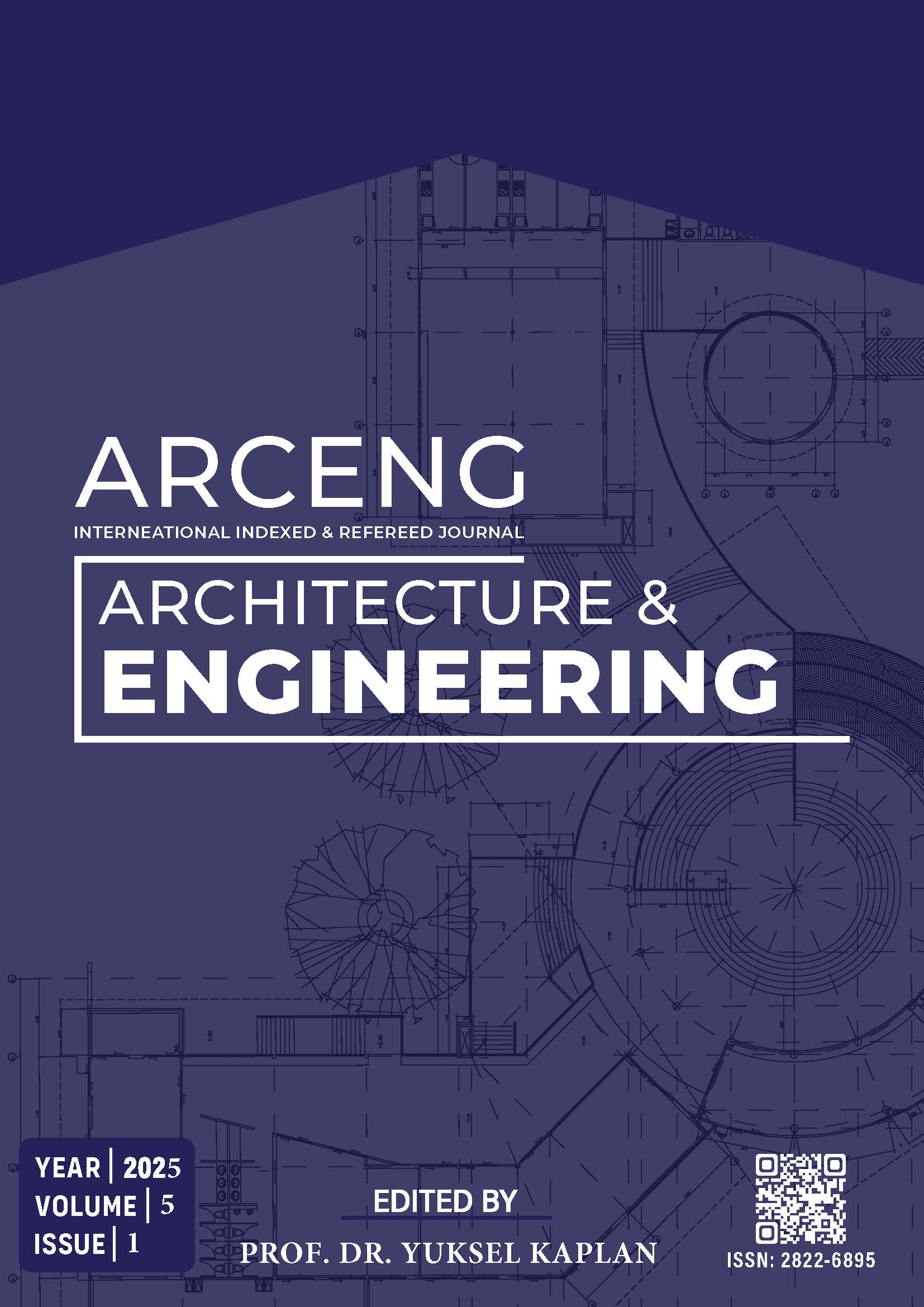Imitating Nature to Create Smart Technologies: Biomimicry and Artificial Intelligence for Sustainable Innovation
DOI:
https://doi.org/10.5281/zenodo.15592788Keywords:
Nature-Inspired Technologies, Biomimicry, Artificial Intelligence (AI), Sustainable Innovation, Smart TechnologiesAbstract
The integration of biomimicry and artificial intelligence (AI) offers significant potential for sustainable innovation. Biomimicry addresses sustainability challenges by emulating natural systems, while AI enhances these efforts through data analysis and optimization. This research explores how combining biomimicry, and AI can drive sustainable solutions in energy, architecture, and materials science, uncovering strategies for impactful, nature-inspired advancements.
This study employs a qualitative approach to investigate the integration of biomimicry and AI for sustainable innovation. It begins with a literature review on biomimicry, AI in sustainability, and relevant case studies, followed by an analysis of examples from industries such as energy, architecture, and materials science based on academic papers, reports, and expert interviews. The thematic analysis identifies patterns in the synergy between biomimicry and AI, focusing on how AI enhances biomimicry through data modeling and optimization. This methodology provides insights into their potential for driving sustainable innovation and guides future research in the field. The research underscores the synergy between biomimicry and artificial intelligence for sustainable innovation. Biomimicry tackles environmental challenges by emulating nature’s solutions, while AI refines these designs with data-driven insights. Case studies in energy, architecture, and materials science demonstrate AI-driven biomimetic solutions, such as optimizing renewable systems, improving energy-efficient designs, and creating self-healing materials.
The study also identifies challenges, including modeling natural systems, ensuring data quality, and scalability. Despite these challenges, the findings highlight the significant potential of combining biomimicry and AI, with interdisciplinary collaboration being key to unlocking this potential. In conclusion, integrating biomimicry and artificial intelligence (AI) presents a promising path toward sustainable innovation. Biomimicry addresses environmental challenges, such as resource efficiency, while AI enhances these solutions through data-driven optimization. Case studies in energy, architecture, and materials science emphasize the potential for resource-efficient solutions. Challenges remain, including modeling natural systems, ensuring data quality, and scaling designs. Successful implementation requires collaboration across disciplines. Future research should focus on refining system models, advancing AI algorithms, and improving data quality. Interdisciplinary cooperation will be crucial for bridging biomimicry and technology, unlocking sustainable solutions.
References
Aguilar-Planet, T., & Peralta, E. (2024). Innovation Inspired by Nature: Applications of Biomimicry in Engineering Design. Biomimetics, 9(9), 523.
Barman, A., & Das, K. (2024). Bio-Inspired Products and Technology Innovation-The Present and Future. International Journal of Innovative Research in Engineering and Management, 11(3), 25-33.
Bar-Cohen, Y. (2005). Introduction to biomimetics: The wealth of inventions in nature as an inspiration for human innovation. In Biomimetics (pp. 19-58). CRC Press.
Bar-Cohen, Y. (2006). Biomimetics—using nature to inspire human innovation. Bioinspiration & biomimetics, 1(1), P1.
Bensaude-Vincent, B. (2019). Bio-informed emerging technologies and their relation to the sustainability aims of biomimicry. Environmental Values, 28(5), 551-571.
Cohen, Y. H., & Reich, Y. (2016). Biomimetic design method for innovation and sustainability (Vol. 10, pp. 978-3). Berlin, Germany:: Springer.
Chaudhary, S., Singh, R., Zore, A. S., Upadhyay, A., Lindenberger, C., & Vivekanand, V. (2024). Bioinspired technology in society: Ethical and architectural innovations for sustainable development. Technology in Society, 78, 102688.
Jiang, M., Deng, W., & Lin, H. (2024). Sustainability through Biomimicry: A Comprehensive Review of Bionic Design Applications. Biomimetics, 9(9), 507.
Lurie-Luke, E. (2014). Product and technology innovation: What can biomimicry inspire?. Biotechnology advances, 32(8), 1494-1505.
Mjimba, V., & Sibanda, G. (2019). Biomimicry, big data and artificial intelligence for a dynamic climate change management policy regime. In Changing Ecosystems and Their Services (p. 125). IntechOpen.
Nour ElDin, N. (2023). Biomimicry and Artificial Intelligence for Climate Change Mitigation. MSA Engineering Journal, 2(2), 493-505.
Oguntona, O. A., & Aigbavboa, C. O. (2023). Nature inspiration, imitation, and emulation: Biomimicry thinking path to sustainability in the construction industry. Frontiers in Built Environment, 9, 1085979.
Raman, R., Sreenivasan, A., Suresh, M., & Nedungadi, P. (2024). Mapping biomimicry research to sustainable development goals. Scientific Reports, 14(1), 18613.
Singh, B., Basri, A. A., Yidris, N., Pai, R., & Ahmad, K. A. (2024). Introduction to Biomimetics, Modelling and Analysis. In High Performance Computing in Biomimetics: Modeling, Architecture and Applications (pp. 1-20). Singapore: Springer Nature Singapore.
Speck, O., Speck, D., Horn, R., Gantner, J., & Sedlbauer, K. P. (2017). Biomimetic bio-inspired biomorph sustainable? An attempt to classify and clarify biology-derived technical developments. Bioinspiration & biomimetics, 12(1), 011004.
Tamborini, M. (2024). From biomimicry to robotic co-creation: rethinking the boundaries between nature and technology. Bioinspiration & Biomimetics, 19(2), 023001
Downloads
Published
How to Cite
Issue
Section
License
Copyright (c) 2025 ARCENG (INTERNATIONAL JOURNAL OF ARCHITECTURE AND ENGINEERING) ISSN: 2822-6895

This work is licensed under a Creative Commons Attribution-NonCommercial 4.0 International License.


